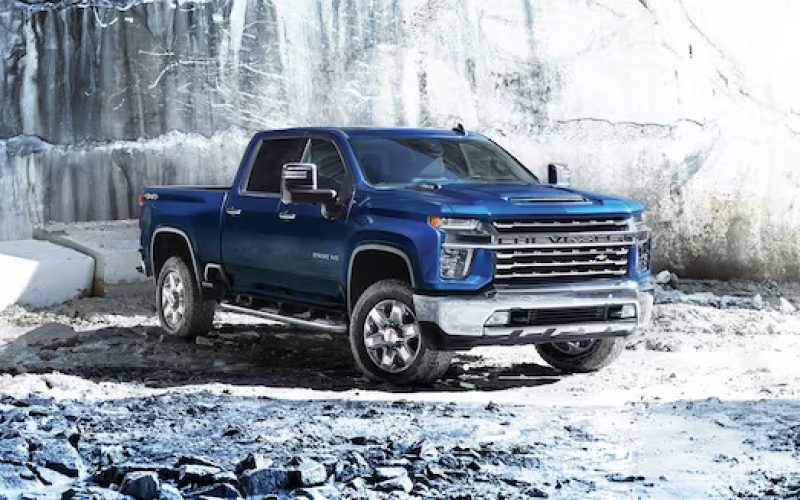
Reading Time: 4 minutesWelcome to a deep-dive into the much-anticipated 2024 Chevrolet Silverado, a vehicle that brings together heritage
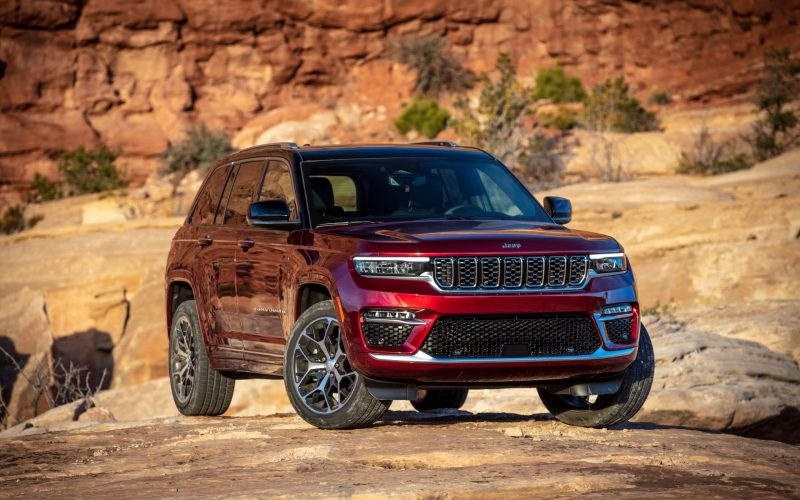
Reading Time: 3 minutesWith a line-up that ranges from the robust Laredo 4×4, priced at $55,045, to the luxurious
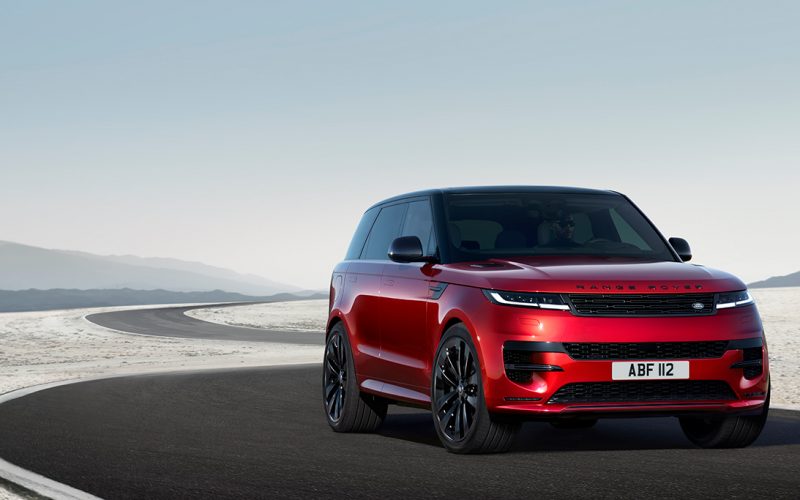
Reading Time: 9 minutesLand Rover has just pulled the wraps off its third-generation Range Rover Sport (compare it to
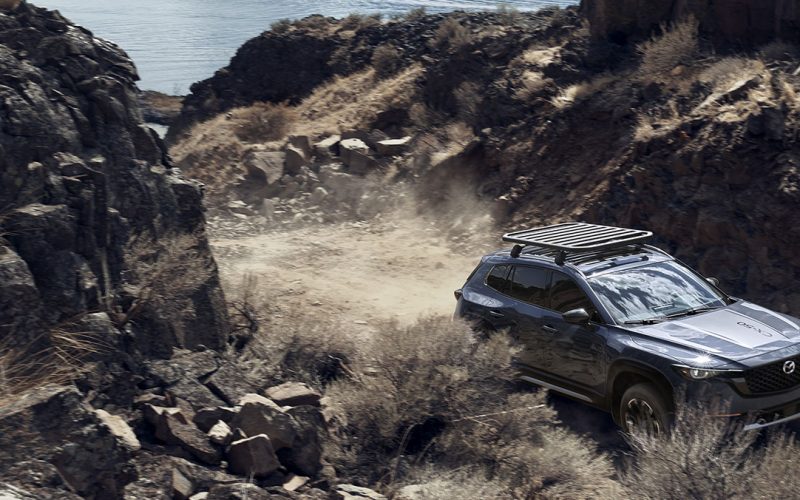
Reading Time: 5 minutesYou’ve mostly likely heard of the CX-5, Mazda’s popular compact crossover SUV, and maybe you’ve even
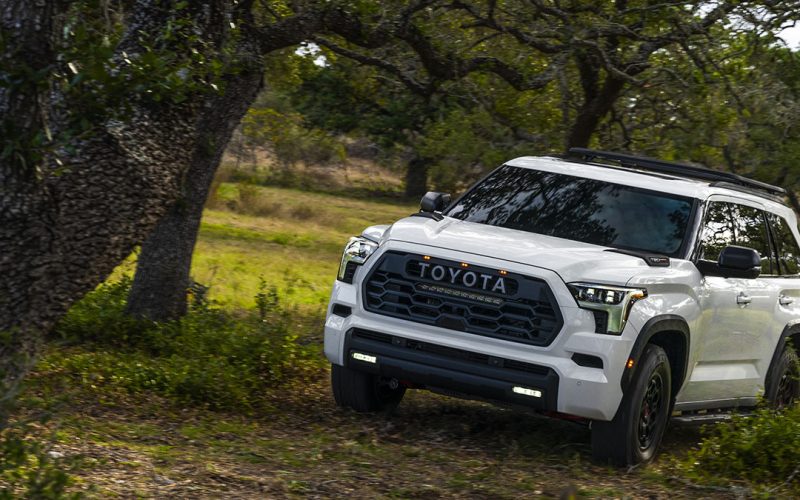
Reading Time: 9 minutesThink back to 2008. It’s not a year everyone will remember fondly, due to the housing
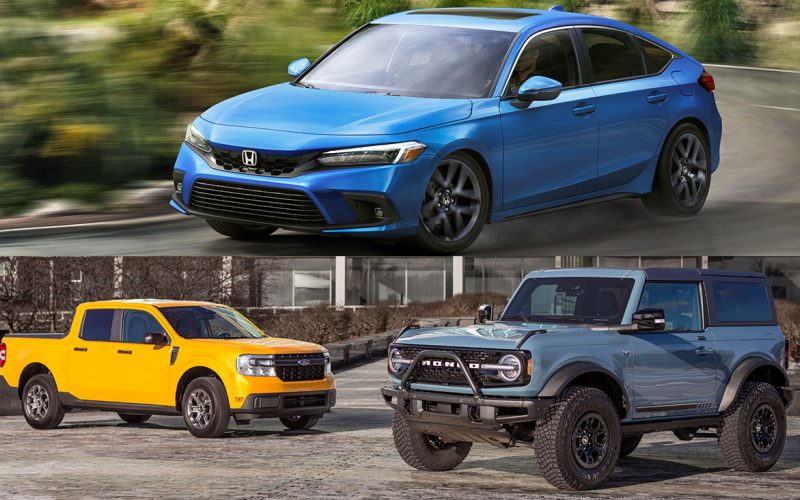
Reading Time: 4 minutesFord has been on a roll lately, winning two of last year’s North American Car, Truck
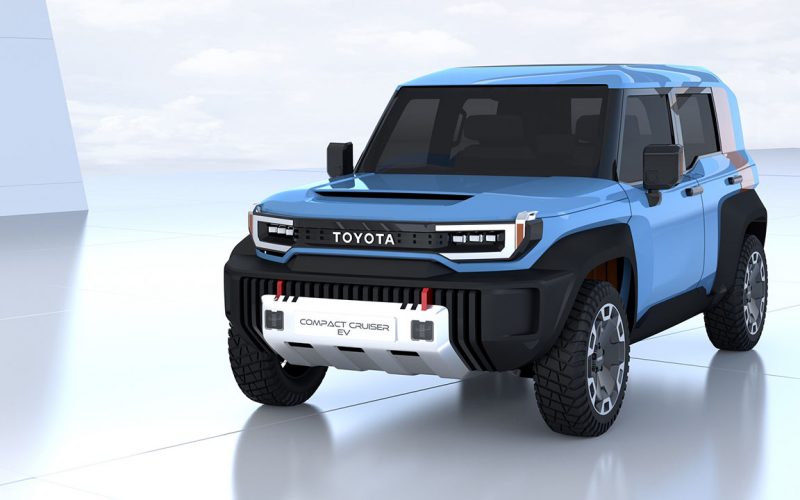
Reading Time: 5 minutesLet’s get this right out in the open: Toyota needs to build a production version of
Reading Time: 17 minutesAbout a decade into my automotive journalism career, and a bit more than 10 years ago,
© 2025 The Car Magazine. All Rights Reserved, Privacy Policy | Terms of Use